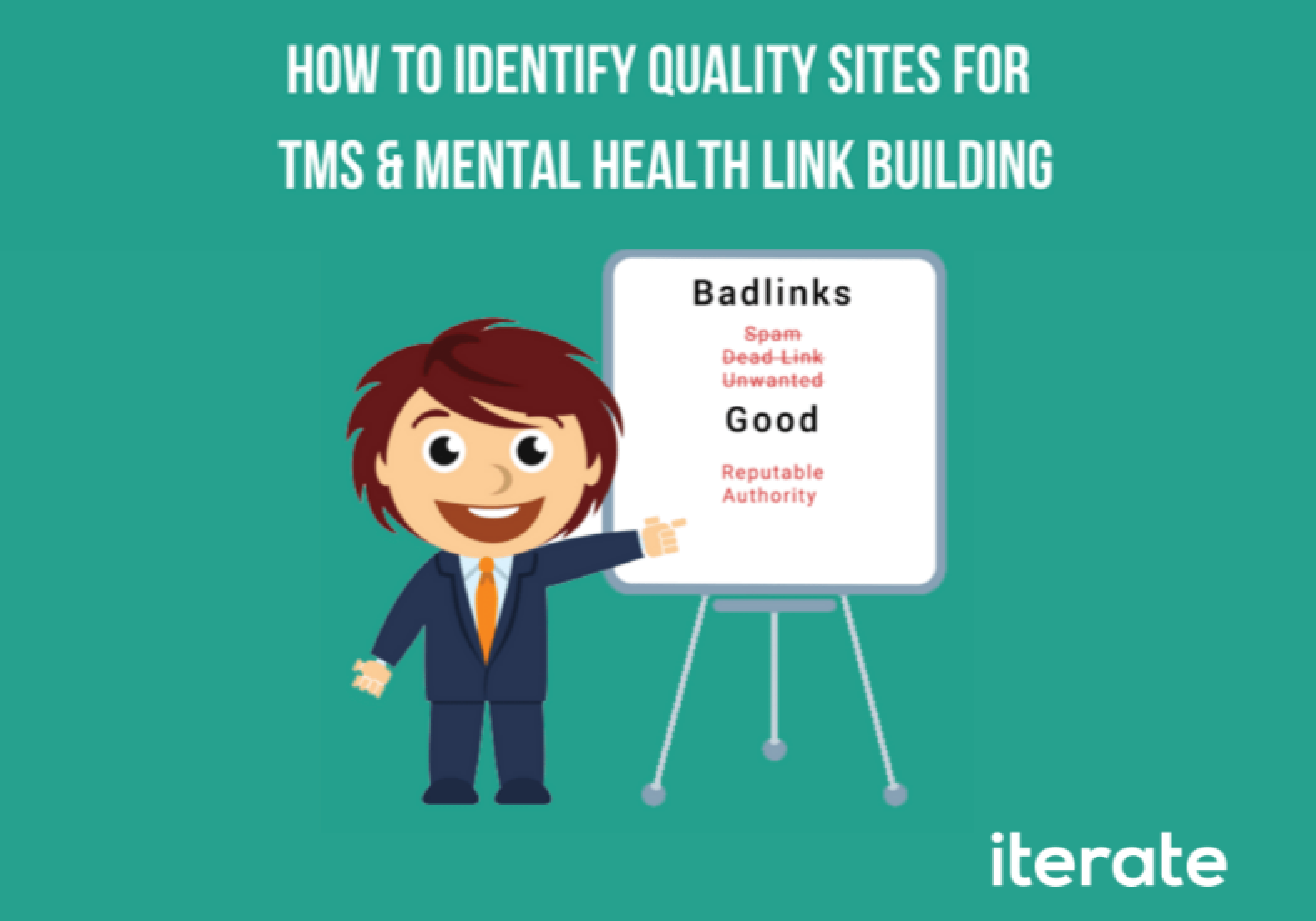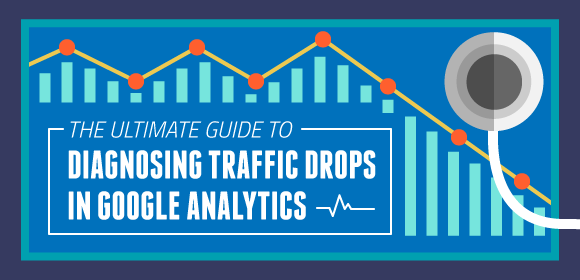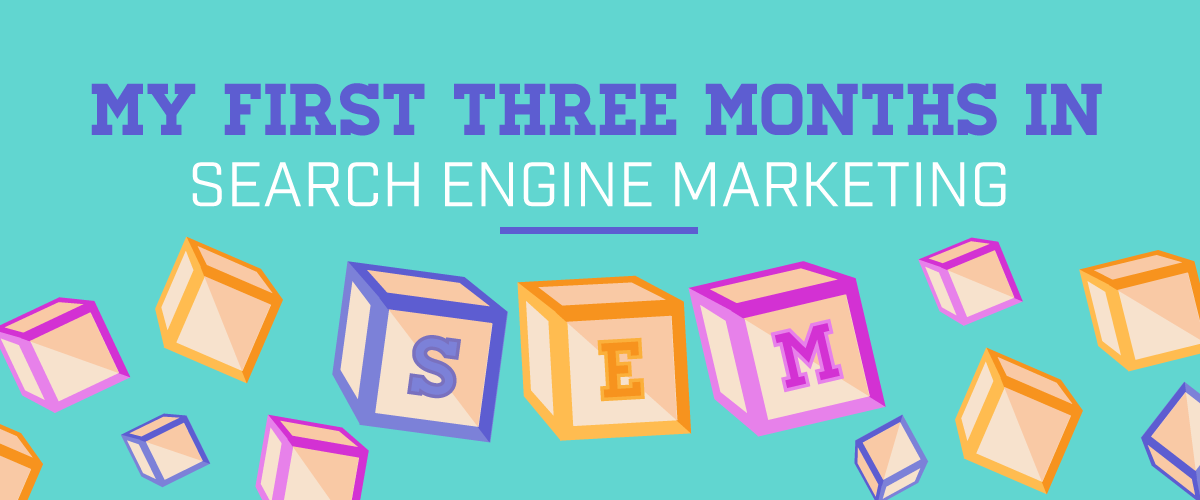We have established over the last few years that Last Click, or Last Touch attribution modeling is dead. Though our marketing platforms haven’t fully caught up to this fact (i.e. Google AdWords), analytics platforms have been working towards adapting to this change for several years. Google Analytics now includes attribution modeling with its free service, and you should be using it.
Last Click Rewards Bottom-of-Funnel Activities
If you’re seeking ROI in your marketing activities, and you judge ROI off of a last click model, you’ll fit only bottom-of-funnel marketing channels into your plans. For many small businesses, this often means paid search, email marketing, and retargeting. Paid search with transactional keywords (i.e. buy blue widgets, Acme Blue Widget X2322) will lead to great pay-per-click ROI. Retargeting users who have been to service pages on your website, or have abandoned a shopping cart will drive impressive conversion rates. Sending promotional emails to interested prospects is an easy win.
The Small Business Last Click Ceiling
A problem occurs when small businesses get comfortable with these high return-on-investment activities and go looking for more. They expect similar results out of any new marketing initiative. When these classic bottom-of-funnel channels reach scale, there’s nowhere to go that can offer these great (but often low volume) results. No new leads in the pipeline. No increase in Direct visits and sales. No brand recognition or brand loyalty. Any new marketing activity that doesn’t show comparable ROI is a failure. But we know that’s not true. We know Display advertising can work. We know content marketing works. We know brand building is a valuable activity. We just don’t know how valuable these actions are when we use last click models that reward only bottom of funnel activities.
A Big Business Scenario
We consulted with a billion dollar company who was struggling mightily with attribution this year. They sell to businesses, to consumers and to governments. Their sales cycles range from a few days to a few years. Their sales net them a few hundred dollars or multi-million dollar long-term contracts. The ROI of their marketing was, to them, immeasurable. They periodically sent email blasts and measured those results on a last click basis. The emails netted them hundreds of thousands of dollars in a matter of days. That was all the direct feedback they needed to “prove” the value of their other marketing channels. It was a form of validation, but not one that empowered their digital marketing department, or inspired trust from C-level executives.
There’s a better way. With CRM integration, better integration between marketing and sales teams, and reverse-engineering of sales back to leads, this company could develop a rough value for each conversion and micro-conversion. They could switch to a better attribution model that would weigh email blasts and social referrals appropriately for their business. Would it be easy to do? Heck no. Would some assumptions need to be made along the way? Absolutely. The good news is that that’s about as bad a case as it gets.
Attribution Models to Stay Away From
First, let’s talk about some bad attribution models out there. To me, the true Last Click model doesn’t make sense and never has. Even Google Analytics acknowledges this, as their default model is a Last Non-Direct Click model. Direct visits are effects of other marketing channels, branding, and other marketing initiatives. Direct traffic is an effect of marketing, not a marketing channel. It shouldn’t be awarded with any marketing conversion value. I don’t know of any possible case where a Last AdWords Click model makes sense. Why would I give more value to AdWords conversions over other channels? Because I want more budget? That’s not a valid reason.
Attribution Models To Consider
What’s the best attribution model? The short answer is that Linear Models and Time Decay Model work very well for most businesses. The hard news is that it varies from business to business.
That’s a challenging fact for many businesses who want to compare their results to others companies’ results and their own past results. They want to compare what they’re doing to what others are doing. They want to know that they’re not the first – they’re not the guinea pig. Here are some of the tried and true basic attribution modeling options available on Google Analytics:
Last Non-Direct Click – As discussed above, this is the default Google Analytics attribution model. It doesn’t work for every business. If your customers have a short buying cycle, and don’t need a lot of time for consideration, then last non-direct click may work for you. Here’s how to know for sure:
1) Open your Google Analytics account
2) Navigate to the Multi-Channel Funnels section
3) Open the Overview report. Do you see significant overlap between circles?
4) Open your Path Length report. Do more than 10% of your conversions take longer than two interactions?
If you answered yes to both of the above two questions, then last click models will not tell you the whole story of your marketing efforts. If you answered no, then a Last Non-Direct Click model could work just fine.
First Click – Are you an unknown entity or start-up? Do consumers and B2B buyers know about your solution, or do they need significant education to be in the market for your product? If that’s the case, you need to generate brand awareness, and first click attribution allows you to credit the channels that generated that crucial awareness. Of course, this model is just the Last Click model flipped backwards, and it doesn’t acknowledge any other important touch points that contributed to sale. Stay away from it unless brand awareness is your sole performance indicator.
Linear – If you have a long sales process and your buyer needs multiple touches prior to making a purchase (i.e. many B2B environments), then a linear attribution model might make the most sense. This model says that no one touch point is more valuable than any other. Each interaction with your website is given equal value. The voiced argument for this model: Why should one step along the buyer’s journey be weighted more highly than another?
Time Decay – Do promotions, or holidays, or seasonality play a role in your business? Do you have very long lead times? If so, you may want to award specific touch-points along the buying journey with more weight. It’s likely that an Organic click 28 days ago doesn’t deserve the same credit as a Facebook Ad with a promotion that secured a sale on the same day. This model passes the logic test – shouldn’t each channel that moves a prospect closer to a sale deserve more credit than the last?
Position Based Attribution – This is a tricky model. It gives more credit to the first click and last click, and less credit to the visits in between. For many eCommerce companies who sell products comparable to many other competitors, their customers do a lot of comparison shopping and enter and exit from a variety of channels before purchasing. By awarding the first click for generating the awareness of your solution, then ignoring the crazy-shopper-behavior of the middle touch points, and awarding the last click with credit for “closing” the deal, you may be onto something.
Attribution models often suffer from the confirmation bias that produces them. Often, an analyst decides that a particular part of the journey should be more valuable than another, and then produces that outcome by applyin
g a model that fits that perspective. Any model that validates your opinion rather than questions your assumptions should be avoided. If you’re new to attribution modeling, play with a few different models in Google Analtyics to get a sense for the basic models that are out there and what effect they have on your marketing results. Then, come back and tell me what your company went with!






